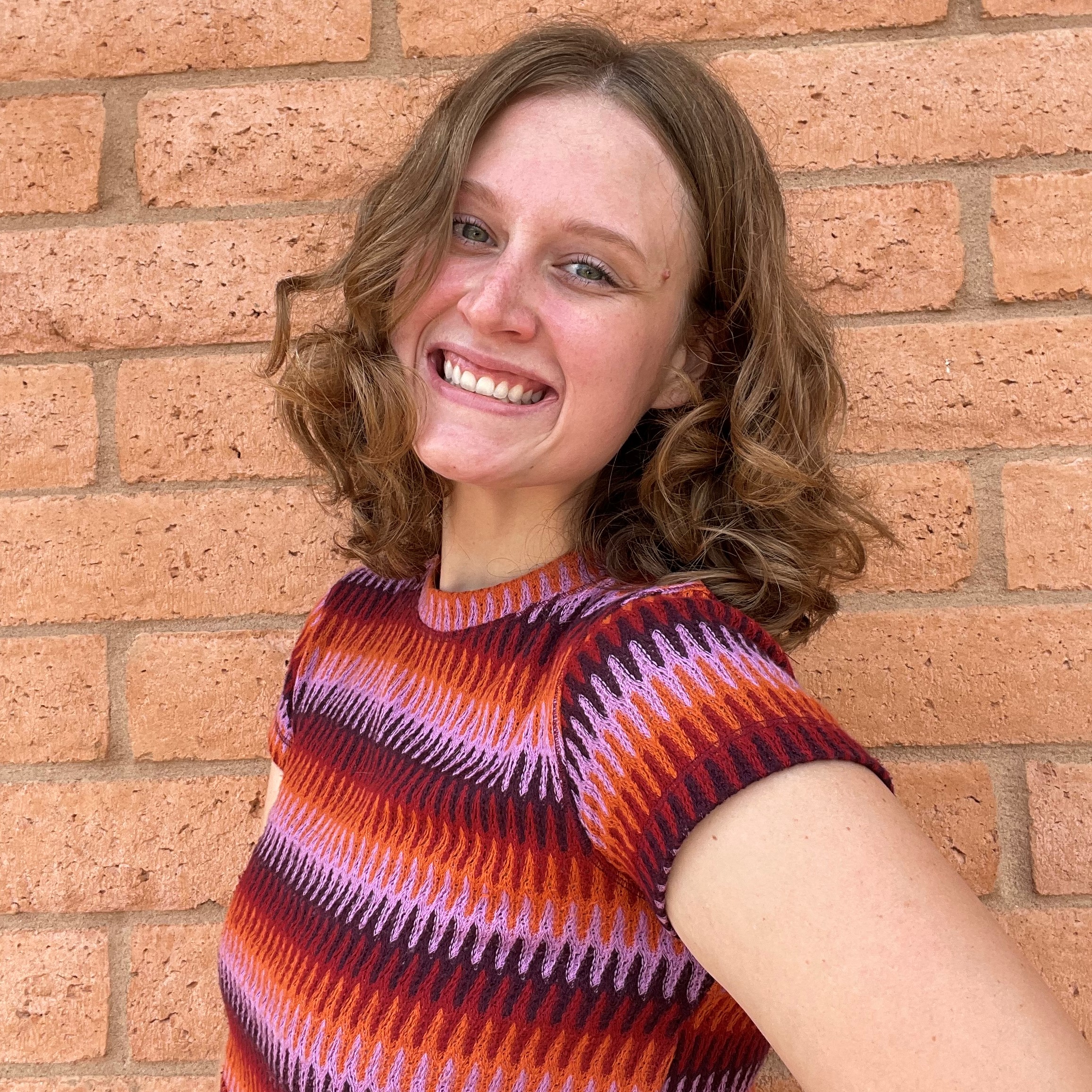Mastering Math Facts: 4 Research-Backed Techniques
Is your student facing challenges with math facts?
Join Made for Math’s CEO, Adrianne Meldrum, and Operations Manager, Heather Brand, as they chat with Dr. Eugenie Kestel, a researcher and educator with a passion for supporting students with learning differences, as she shares her remarkable journey and groundbreaking findings in math intervention.Meet Dr. Eugenie Kestel
Dr. Eugenie Kestel is a researcher, sessional academic with her Masters of Teaching, and the Executive Director of Academic Clinics for Exceptional Students Inc. (ACES). ACES is a not-for-profit organization that provides Tier 3 intervention for students and Tiers 1-3 support for schools and teachers.
Eugenie has taught mathematics and english in the classroom for both primary (K-6) and secondary (7-12) levels as well as special education teaching.
Her journey into this field was primarily inspired by her son’s dyslexia diagnosis, along with her strong background in teaching.
Eugenie and her family were frequently traveling because of her husband’s work and she quickly realized that there was a problem. Eugenie couldn’t take her son to these different schools all over the world and expect them to know how to help him with his dyslexia. Thus she decided she needed to learn as much as possible herself to help her son with his needs.
Eugenie noticed a lack of research on the mathematics side and knew her son deeply struggled with numbers in addition to language. This eventually led her to a PhD and, as they say, the rest is history.
Flash forward to today, Eugenie’s son is now 25 and thriving after starting his own company. She mentions his drive to accomplish his goals and points out that he isn’t afraid of failure. Dr. Eugenie believes that this is because he struggled so much in school and had to battle to overcome it. His attitude is, “Well, what’s the worst thing that can happen” which allows him to take risks necessary for growth. (We find this to be common among students with dyslexia.)
The combination of personal experience and professional expertise drives Eugenie’s passion for helping students with learning differences thrive.
Supporting Students Behind in Literacy and Numeracy
Dr. Kestel was one of the leaders of the Review of Evidence-based Approaches for Supporting Year 7-9 Students Significantly Behind in Literacy and Numeracy. This review was an umbrella review, meaning it involves a strict systematic process and should represent the highest level of evidence that was available at the time.
The findings revealed that effective mathematical intervention for elementary students included visual models, guided practice, independent practice, monitoring student performance and/or corrective feedback. They also found that using the CRA approach (Concrete, Representational, Abstract) was effective for older students.
Learn more about the CRA Method here.
Eugenie writes, “In terms of visual models, one comprehensive review conducted by Asha Jitendra and colleagues found that when visual strategies for example, fraction circles or squares, manipulative objects, diagrams, mental representations) were combined with other strategies (for example, priming the underlying problem structure, cognitive strategy – explicit teaching of strategies such as planning and elaboration, that is, explicitly linking new content to already existing knowledge; and, contextualized instruction such as problems using real-world scenarios), the effect size doubled”
These findings were consistent with other parts of the review that highlighted the importance of pairing instruction with visual models. It isn’t enough to only provide visual support–the student must be explicitly taught how to use them.
In mathematics, this means linking the concrete example with the abstract representations.
The evidence for effective strategies are as follows:
- For word problems–Explicitly teaching students to identify underlying structures and relationships among key components within word problems, or schema-based instruction.
- For algebra–CRA sequencing, explicit instruction, and multiple representations (concrete and virtual manipulatives, pictures, etc.).
- For fractions–Explicit modeling of step-by-step strategies, sufficient practice, and cumulative reviews with feedback in combination with concrete and visual representations.
- For basic number facts and arithmetic skills–CRA approach with manipulatives.
For students who don’t do well with discovery learning, explicit systematic instruction has shown to help. This looks like building a strong foundation before moving on and using a step-by-step process. Using what Eugenie describes as elaboration, or connecting new knowledge to knowledge that the student already has.
Dr. Kestel’s research indicates that it isn’t too late to go back and teach foundational math to middle schoolers who are struggling. The goal being to close the gaps as soon as possible.
Kids with dyscalculia and other math learning disabilities have trouble with generalizing, or connecting one concept to another.
For example, moving from one manipulative to another to teach the same concept–they have trouble seeing that they are learning the same topic just in a different way. This is why explicit instruction is vital with these students.
One more thing to note on big studies like this is to keep the individual student in mind. No two students are going to learn the same way, what works for one might not work for another.
Online vs. In-person Intervention
Dr. Kestel published research in 2018 and found that providing online intervention was at least as effective as face-to-face. If the online intervention is using tools like manipulatives, concrete models, and the CRA method to teach these students, then they show progress.
The relationship between the tutor and the student is critical in any classroom, but especially online. Building trust with these kids is vital to them learning. Many children come to intervention and actually believe that they are stupid because it’s so hard for them and easy for everyone else. Students with MLD often have math anxiety because they have faced repeated failure in math.
Dr. Eugenie also measured math anxiety (MA) and found that both online and in-person groups reduced MA, however the online intervention was the only one that reduced Math Anxiety significantly.
Eugenie mentions studies that show kids actually feel safer online because it is less judgemental. They aren’t surrounded by a classroom of peers and ultimately end up feeling more comfortable in a one-to-one environment. When the teacher makes it okay to make mistakes, the child is able to grow.
At Made for Math, we provide online multisensory instruction for students with MLD, dyslexia, ADHD, etc. We feel incredibly blessed to witness an awe-inspiring transformation in so many of our students. Many of them arrive hating math due to past experiences of repeated failure, but as they progress with us, they discover a newfound love for math. Seeing their growth, confidence, and love for learning blossom is the most rewarding part of what we do.
Teaching Math Facts to students with learning disabilities
Many students seek intervention after experiencing persistent challenges and setbacks in their math learning journey. At Made for Math, we often see students who have endured months of feeling discouraged and doubting their abilities. Our mission is to uplift their spirits, restore their confidence, and help them realize the incredible potential within themselves.
Dr. Eugenie recommends being patient and willing to celebrate small but important gains in their math education. Most students measure their abilities through their results on tests and quizzes; however for students with MLD it takes a long time before progress shows up on test scores.
It is also vital to spend the allotted time building the foundations of mathematical understanding, at the individual student’s pace. This can be hard to maintain with outside pressure, whether that be from the school, teachers, parents, or even the student themselves.
However, if the student continues to lack fundamental mathematical understanding, then they will continue to struggle with math throughout school and in life.
Eugenie stresses that it is vital that these understandings are established–no matter how long it takes. Instructors must do this in a structured and gradual manner, using explicit language to link new concepts to current knowledge. While also not holding back students if they continue to struggle with one aspect of mathematics.
Eugenie writes, “Steve Chinn described this beautifully. He wrote that some students with dyscalculia will continue to have difficulty with some aspects of mathematics but these can be viewed as holes in a brick wall. If you build deep understanding around these difficulties, placing other bricks laterally, so to speak, you will end up with a strong structure that will support the ‘holes’ in students’ understanding. However, if you insist on building a linear structure where each level must be mastered, your structure is likely to fail at the weak point. This is why mastery programs are typically ineffective for students with dyscalculia.”Catch our Unlocking Dyscalculia web series episode with Dr. Steve Chinn here.
How can we support researchers?
Dr. Kestel says that programs such as our Unlocking Dyscalculia podcast are essential because they spark conversation and raise awareness of the number of students who are struggling with mathematics.
According to her, teachers, tutors, and parents play a crucial role in providing researchers with a unique and invaluable perspective gained from working closely with these students. By carefully observing and documenting their experiences, sharing insights within the community, we contribute significantly to the advancement of knowledge and understanding in this field.
It’s highly likely that other parents and teachers have made similar observations, and these shared insights can drive valuable research. Researchers often seek patterns and trends to further investigate and they find immense value in the input provided by these groups of people.
Together, we can contribute to the advancement of knowledge and improve educational outcomes for students facing learning challenges. By supporting research centers with donations, we can make a significant impact in uncovering more about learning differences and effective strategies for helping individuals.
Connect with Dr. Kestel through email: eugenie@aceseducation.org.au
You can learn more about the Academic Clinics for Exceptional Students here.
🧠 Is your student facing challenges with math facts?
Our newly released book Math Facts to Memory is the perfect guide to assist learners of all ages in composing and decomposing 10. Whether your student is in elementary or beyond, our research-backed techniques and engaging games will make learning math facts a breeze!
MFM Authors

Jennie Miller
Marketing Assistant
is our Marketing Assistant and content creator here at Made for Math. Jennie loves being part of a company that is working to make mathematics accessible to children with dyscalculia.
